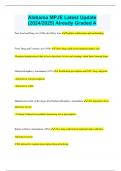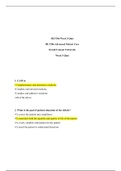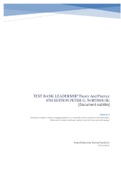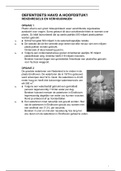Samenvatting
Applied Cognitive Psychology (Bachelor course) Summary Lectures 2020
- Instelling
- Universiteit Leiden (UL)
**WARNING: please check if this summary is applicable to the content you covered in the course, this could change every year, definitely with online education. For 2021: someone messaged me that this summary does not cover all information of ACP this block** This is a complete summary of all the...
[Meer zien]













